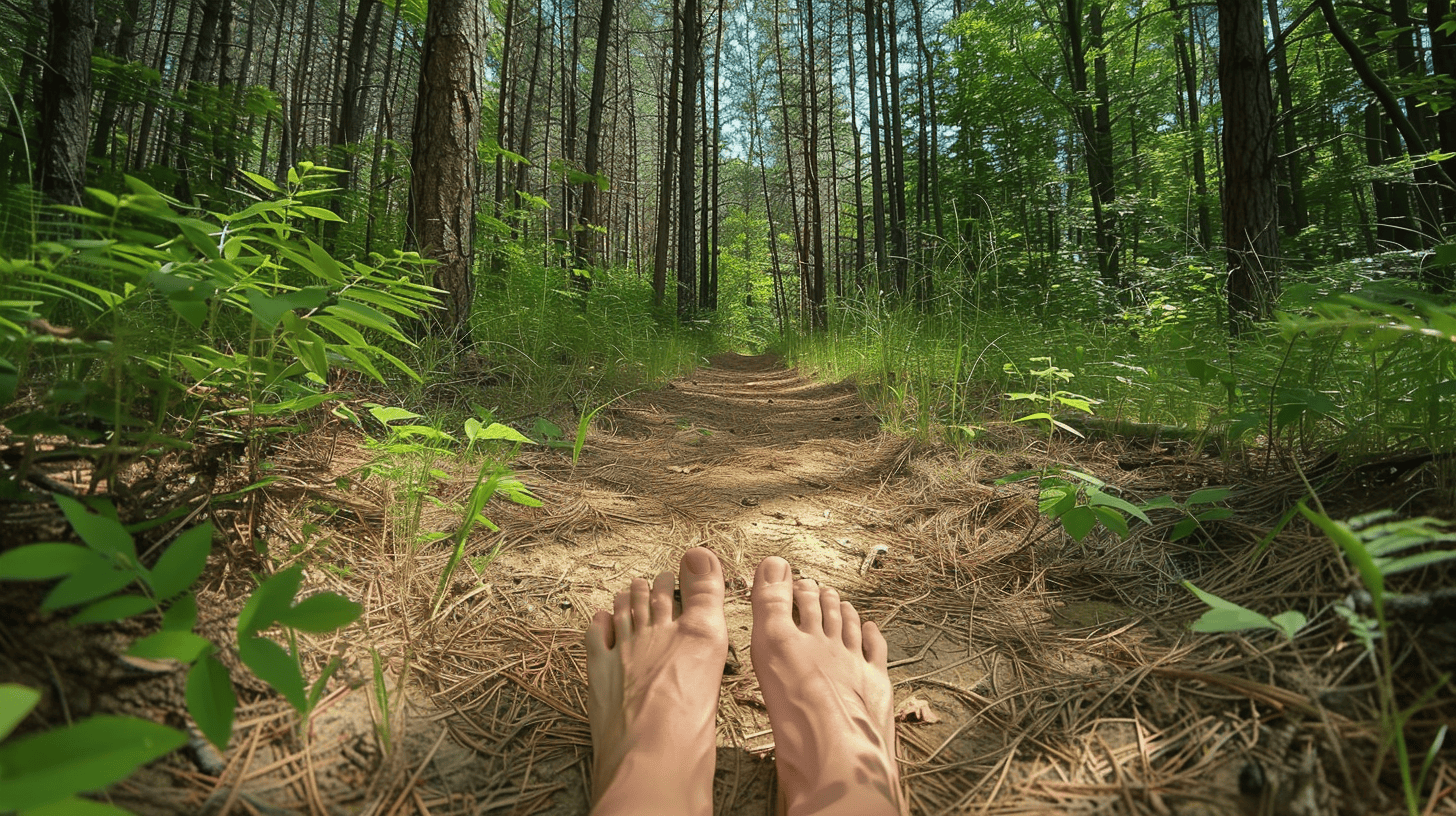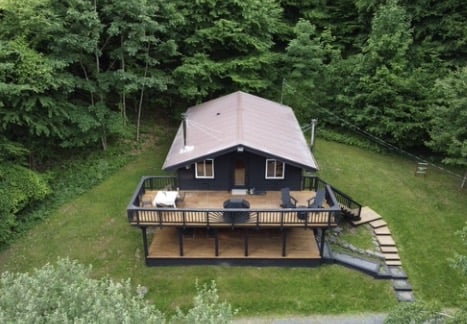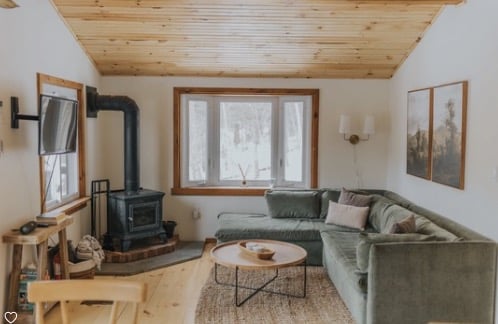Disclosure: This content may contain affiliate links. Read my disclosure policy.
Here’s how to prevent and treat hiking blisters for real—with essential pointers on footwear, blister prevention, and treatment strategies for pain-free days on the trail.
Whether you’re breaking in a new pair of boots or just half way through a big day, blisters can turn a great hike into a painful ordeal. But fear not. With the right knowledge and a few simple strategies, you can prevent blisters from dinging your adventures.
From choosing the right footwear to proper hiking blister treatment, I’ve got you covered. Grab your gear and let’s hit the trail blister-free!
Understanding Blister Formation
Before delving into the prevention and treatment of hiking blisters, it’s quite helpful to understand the process behind their formation. Blisters are the result of an interplay between our skin and extrinsic factors like friction, moisture, and poorly fitting footwear. In this section, we’ll explore the anatomy of blisters and uncover the common triggers that lead to their development, empowering you with the knowledge you need to safeguard your feet on the trail.
Anatomy of a Hiking Blister
A blister is a protective response by the body to prevent further damage to the skin. That’s it. Understanding the anatomy of hiking blisters begins with recognizing their primary components: the epidermis, the dermis, and the fluid-filled cavity that forms between them.
The epidermis, the outermost layer of our skin, acts as a barrier against external threats, while the dermis lies beneath, providing structural support and housing nerve endings and blood vessels.
When subjected to prolonged friction or pressure—perhaps from ill-fitting footwear or repetitive motion during hiking—the layers of the skin can separate, creating a space filled with fluid. This fluid, primarily composed of serum, serves as a cushioning mechanism to protect the underlying tissue from further damage and aid in the healing process. Yes, it’s disgusting, like some kind of hiking horror movie. But it’s also pretty great! Look at you, being all gross and amazing.
Triggers of Blister Formation
While the formation of blisters may seem straightforward, several factors contribute to their development, with friction, moisture, and inappropriate footwear being the most common triggers.
- Friction: Friction, the force generated when two surfaces rub against each other, plays a pivotal role in blister formation. During hiking, repetitive movements combined with inadequate footwear can create excessive friction between the skin and socks or shoes, leading to irritation and the subsequent development of blisters.
- Moisture: Moisture, whether from sweat or external sources like rain or stream crossings, can exacerbate the risk of blister formation. Damp conditions soften the skin, making it more susceptible to damage from friction and reducing its ability to withstand repetitive motion without injury.
- Ill-Fitting Footwear: Perhaps the most significant contributor to blister formation is ill-fitting footwear. Shoes or boots that are too tight or too loose can rub against the skin, creating hot spots that evolve into blisters over time. Additionally, footwear that lacks adequate support or cushioning can increase pressure points on the feet, further predisposing hikers to blister formation.
In the following sections, we’ll explore practical strategies and products to mitigate these risk factors and keep blisters at bay on the trail.
BTW, you might also enjoy…
- NEW › New York Hike Finder Tool
- CATSKILLS › Escarpment Trail Guide
- STAY › Find Your Perfect Catskills Stay
- ADIRONDACKS › Dix Range from Elk Lake
- ENTERTAINMENT › 15 Best & Worst Hiking Movies
- Follow › My Instagram @TotalCatskills
- Follow › My Substack @TotalCatskills
- Follow › My writing for Times Union
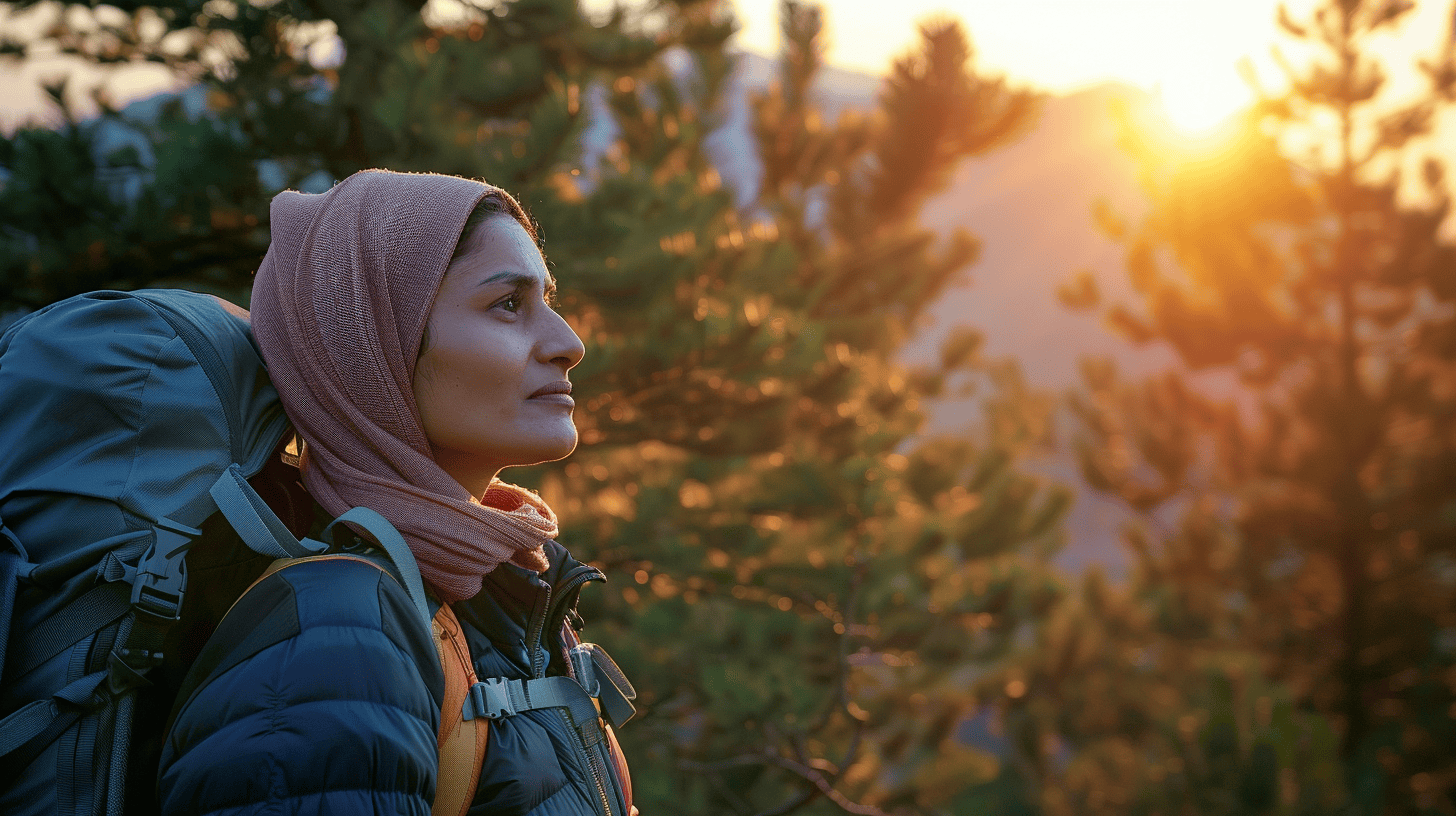
Preventing Hiking Blisters
Whether you’re embarking on a long day hike or a multi-day backpacking trip, the last thing you want is to be sidelined by painful blisters. In this section, we’ll delve into practical strategies and techniques to minimize the risk of blister formation, from selecting the right footwear to employing preventive measures during your hike.
When it comes to avoiding hiking blisters, prevention is key. Selecting the right footwear and gear can significantly reduce the risk of blister formation on the trail.
- Choosing the Right Footwear: One of the critical factors in avoiding blisters altogether is selecting properly fitting hiking footwear that provides adequate support, stability, and protection for your feet. When choosing hiking shoes or boots, opt for models with ample toe room and a snug heel fit to minimize friction and rubbing. To ensure a proper fit, consider testing potential footwear later in the day when your feet tend to be slightly more swollen.
- Breaking in New Footwear: New hiking shoes or boots can be stiff and unforgiving. To prevent blisters caused by new footwear, break in new hiking boots and shoes gradually by wearing them for short walks or hikes before heading off on longer treks. Focus on areas where the shoe may rub against your foot, such as the heel or toe box, and apply protective measures such as moleskin or blister prevention patches as needed.
- Selecting Moisture-Wicking Socks: In addition to proper footwear, selecting the right socks can play a crucial role in blister prevention. Buy yourself some moisture-wicking socks made from synthetic or merino wool materials that help keep your feet dry and reduce friction. I love smart wool socks; they’re all I ever wear when hiking. Avoid cotton socks, which retain moisture and often contribute to blister formation, especially on longer hikes or in wet conditions.
- Layering with Liner Socks: For added blister protection, consider layering with liner socks underneath your hiking socks. Liner socks provide an additional barrier against friction and help wick moisture away from the skin, reducing the likelihood of blister formation. Choose thin, seamless liner socks that fit snugly against your skin without bunching or wrinkling. (I use my liner socks in winter on especially cold days for extra warmth.)
- Utilizing Blister Prevention Products: In addition to footwear and socks, various blister prevention products are available to help reduce friction and protect vulnerable areas on the feet. Consider applying lubricants such as petroleum jelly or specialized blister prevention balms to areas prone to rubbing, such as the heels, toes, and sides of the feet. Alternatively, pre-cut blister prevention patches or adhesive moleskin can be applied directly to hot spots to provide cushioning and reduce friction during hiking.
Whether breaking in new footwear, layering with moisture-wicking socks, or utilizing blister prevention products, taking proactive measures to protect your feet can help dampen the risk of blister formation. In the following section, we’ll explore additional strategies and techniques for blister prevention, including foot care tips and trail etiquette considerations.
By incorporating these strategies into their hiking routine, outdoor enthusiasts can minimize the risk of blister formation and enjoy a comfortable and pain-free experience on the trail. In the following section, we’ll explore effective techniques for treating blisters should they occur during your hike.

Treating Hiking Blisters
Despite our best efforts to prevent them, blisters can still occur during hikes, and knowing how to properly treat them can prevent further complications. In this section, we’ll unpack some effective techniques for on-trail blister care, including blister drainage, dressing, and pain management. If you address a blister promptly, you might be able to continue your journey without further disruption.
Before initiating treatment, it’s essential to check the size, location, and severity of a blister. Small blisters with intact skin require different care than larger blisters that have already ruptured or become infected. Take the time to examine the blister closely before you determine your best course of action.
- Draining the Blister: For blisters that are large, painful, or at risk of rupture, draining the fluid can provide immediate relief and prevent further pressure buildup. To safely drain a blister, sterilize a needle or pin with alcohol and carefully puncture the blister at its base, allowing the fluid to drain out. Gently press on the blister to expel any remaining fluid, taking care not to remove the overlying skin, which serves as a protective barrier against infection
- Applying Blister Dressings: Once the blister has been drained, it’s crucial to protect the exposed area and promote healing by applying a sterile blister dressing or adhesive bandage. Choose a dressing that conforms to the shape of the blister and provides cushioning and protection against friction. Avoid adhesive products as they can cause further irritation to the surrounding skin
- Managing Pain: Blisters can be painful, especially when walking or bearing weight on the affected area. To manage pain and discomfort during your hike, consider over-the-counter pain relievers such as ibuprofen or acetaminophen. Additionally, adjusting your gait or stride to minimize pressure on the blistered area can help reduce discomfort and prevent further irritation
- Monitoring for Infection: After treating a blister, it’s also essential to monitor the area for signs of infection: increased redness, swelling, warmth, or pus drainage. If you notice any signs of infection, or if the blister fails to heal within a few days, seek medical attention promptly to prevent complications.
By addressing blisters promptly and properly, you can mitigate your discomfort and minimize the risk of complications. In the next section, we’ll explore additional tips and techniques for preventing blisters on future hikes.
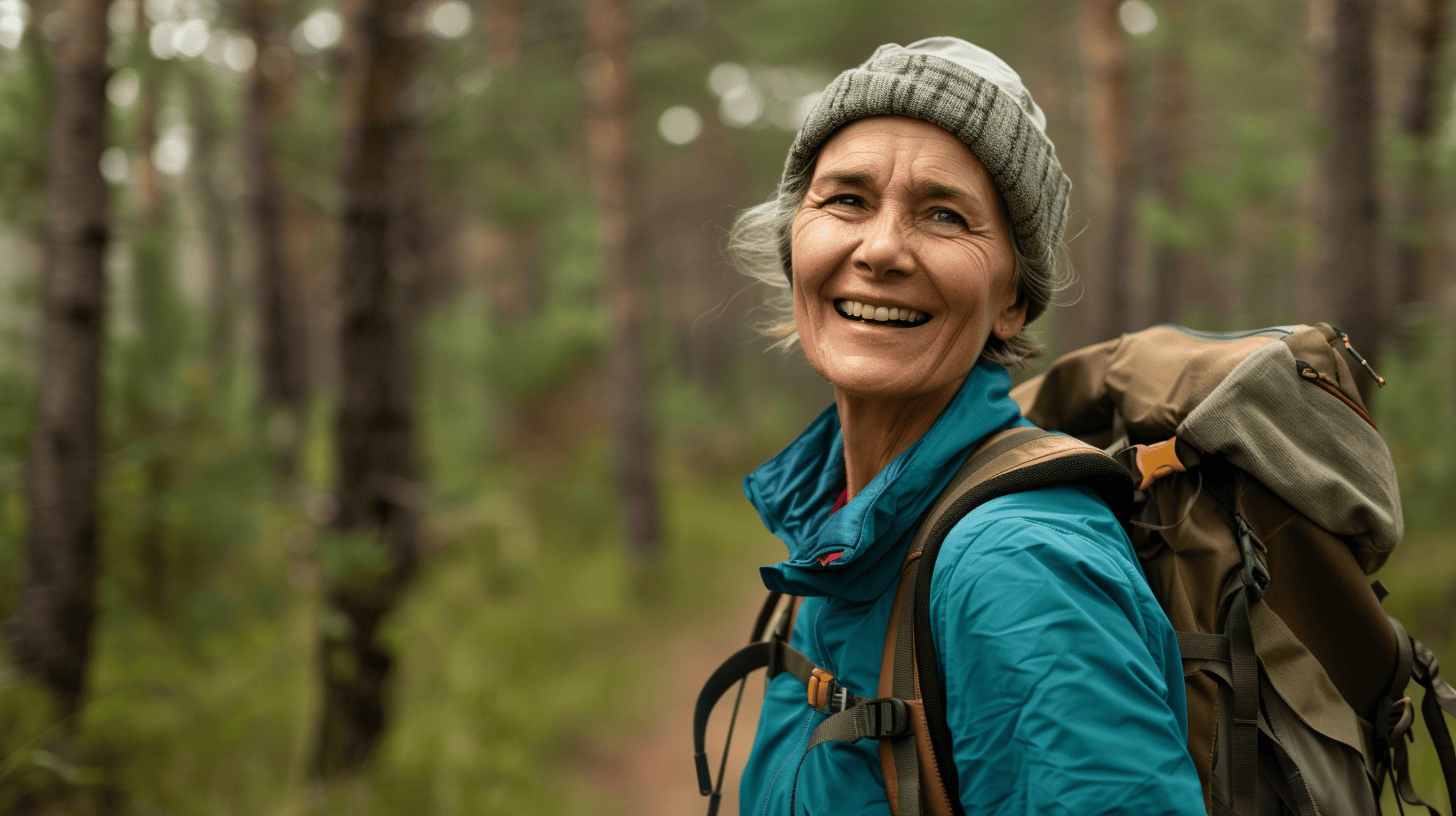
Additional Foot Care Tips for Hikers
From proper foot hygiene to proactive blister prevention strategies, understanding how to care for your amazing feets can make a huge difference in your hiking experience. These basic foot care tips will help keep your feet happy and blister-free.
- Maintaining Proper Foot Hygiene: Proper foot hygiene is essential for preventing hiking blisters. Start by keeping your feet clean and dry before and during your hike, especially in hot and humid conditions where moisture buildup can increase the risk of blister formation. Consider carrying a small pack towel or foot wipes to periodically clean and dry your feet during rest breaks on the trail.
- Using Taping and Padding Techniques: For hikers prone to blister formation, using taping and padding techniques can provide additional protection and support for vulnerable areas on the feet. Consider applying adhesive tape or specialized blister prevention patches to areas prone to rubbing or friction, such as the heels, toes, and sides of the feet. Additionally, use moleskin or foam padding to create a protective barrier between your skin and your footwear, reducing friction and minimizing the risk of blister formation.
- Resting and Elevating Your Feet: If you experience foot discomfort or blister formation during your hike, don’t hesitate to take breaks to rest and elevate your feet. Sit down and remove your shoes and socks and allows your feet to breathe. A few minutes of this helps reduce swelling and inflammation. Elevating your feet above heart level can also promote circulation, literally draining the legs, and can alleviate pressure on hot spots and blistered areas, allowing them to heal more quickly.
I hope you found this useful. With these foot care tips and tricks in mind, you should be able to enjoy the outdoors all year round while keeping hiking blisters at bay.
Read More
Get full access…
Get instant access to the full version of this site and enjoy great supporter benefits: full galleries, full trail notes, early access to the latest content, and more.
Hot on the website right now…
Follow for more…
Follow my @TotalCatskills content on Instagram for regular hiking inspo and safe, inclusive community.
